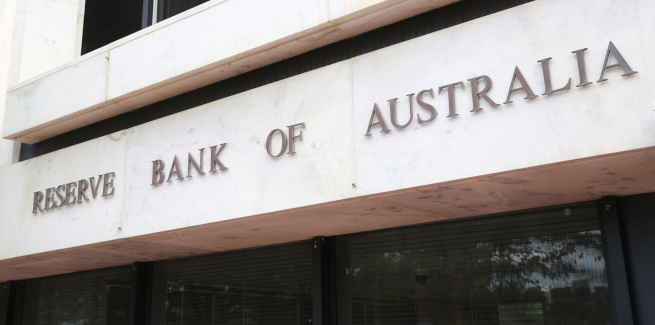In minutes released from the Reserve Bank of Australia’s (RBA) February monetary policy board meeting, the central bank has said that the fall in dwelling values across Sydney and Melbourne have been “unusual” given the low mortgage rate environment and the declining unemployment rate.
The latest figures from property group CoreLogic have revealed that national home values dropped by 5.6 per cent in the year to 31 January 2019, driven by a 9.7 per cent fall in Sydney and an 8.3 per cent drop in Melbourne over the same period.
The RBA observed that after rising by almost 50 per cent over the five years to September 2017, national housing prices fell by approximately 8 per cent to be back around mid-2016 levels.
Despite acknowledging the rise in property prices in Hobart and Canberra and “flat” price movements in Brisbane and Adelaide, the RBA noted the “significant” falls in Perth and Darwin and the “unusual” declines in Sydney and Melbourne.
“Members noted that the cumulative falls in housing prices in Sydney and Melbourne were relatively large by historical standards and that it was unusual for housing prices to fall significantly in an environment of low mortgage interest rates and a declining unemployment rate,” The RBA board reported.
The RBA added that some of the movements in housing prices could be explained by the fact that the supply of housing does not respond quickly to changes in demand.
“In particular, the run-up in housing prices had occurred during a period when housing supply had not picked up sufficiently to match higher demand from more rapid population growth,” the RBA added.
“Over time, higher housing prices had eventually led to a sizeable increase in supply, but this had taken longer than in previous cycles.”
According to the central bank, the “noticeable decline” in demand from foreign buyers has also weighed on property prices.
The five-year low in building approvals was also noted by the RBA, which observed that “it had become more difficult for new apartment projects to obtain finance”.
The RBA acknowledged that there was “uncertainty about the extent and speed of the downturn in the dwelling investment cycle”.
Slowed credit growth, particularly for investors, was also acknowledged by the central bank. Which stated that there had been a notable drop in loan approvals by the major banks as a result of weakening demand from borrowers and tighter credit polices imposed off the back of the banking royal commission.
“Growth in lending to investors had slowed sharply since mid-2017 to be close to zero, while growth in lending to owner-occupiers had moderated to around 5 1/2 per cent in six-month-ended annualised terms,” the RBA board reported.
“The slower growth in lending for housing over the preceding year appeared to reflect weaker demand. Nevertheless, credit conditions for some borrowers had remained tighter than they had been for some time following the strengthening of lending policies and practices over recent years.”
The RBA continued: “Liaison with mortgage brokers suggested that the increased public scrutiny associated with the Royal Commission into Misconduct in the Banking, Superannuation and Financial Services Industry may have led some individual loan assessors at banks to apply stricter criteria than specified in official lending requirements.”
“However, banks reported that while loan assessors had been referring more approvals to credit officers, final loan approval rates had remained high. Moreover, lenders had continued to compete for borrowers of high credit quality by offering new loans at lower interest rates than those offered on existing loans.”
Despite acknowledging the fall in property prices and slowed credit growth, the RBA stated that the effect of such conditions of the overall economy would be “small” but conceded that if prices were to fall much further, consumption could be weaker than forecast, which it said would result in lower GDP growth, higher unemployment and lower inflation than forecast.
The RBA recently shifted its monetary policy outlook, stating that a cut to the cash rate is increasingly likely.
The central bank reiterated that it would continue to assess market conditions but claimed that there was “not a strong case for a near-term adjustment” to the cash rate.
The official cash rate was held at a record-low of 1.5 per cent in February.
[Related: RBA announces February cash rate]
